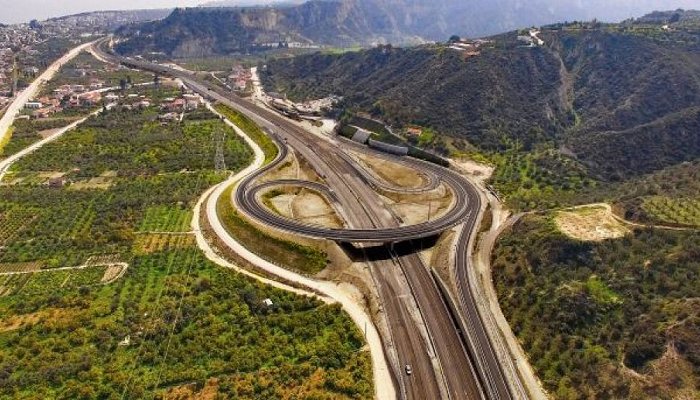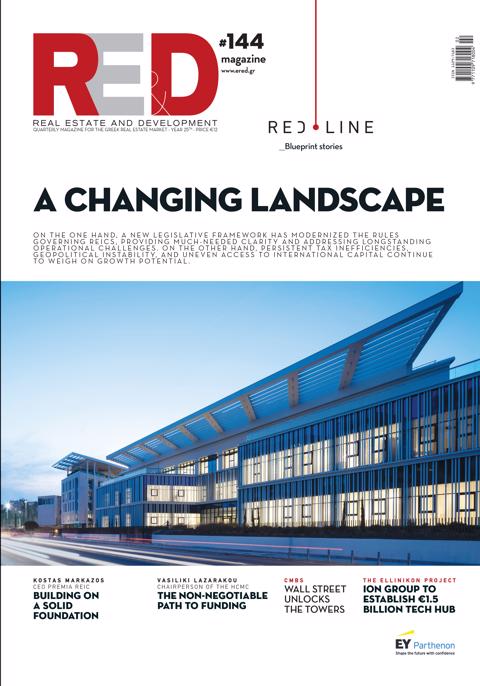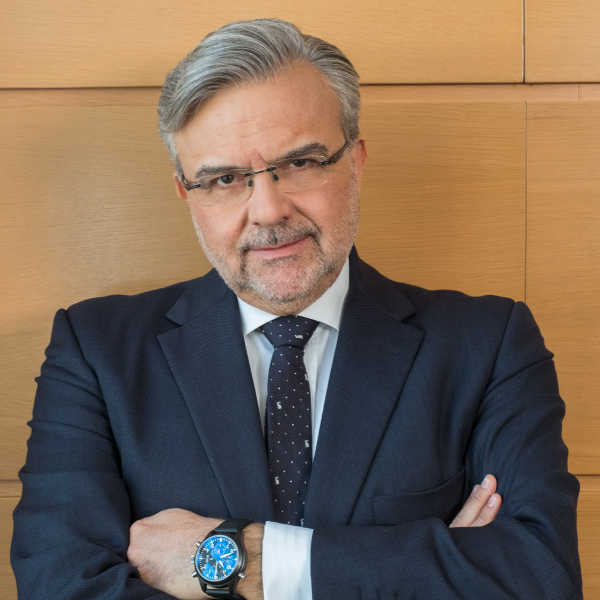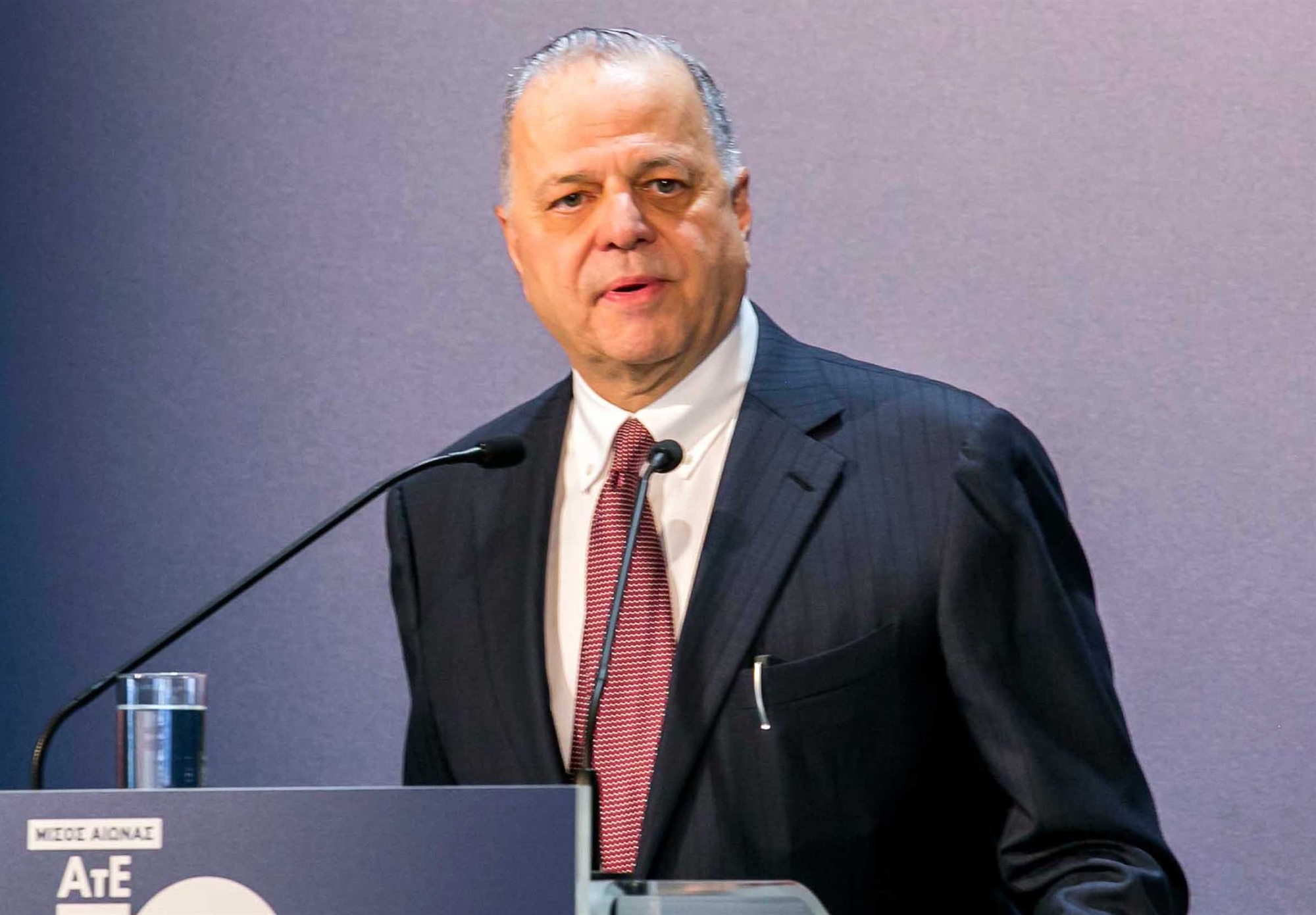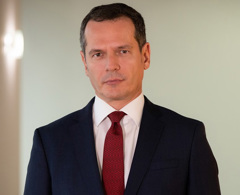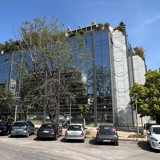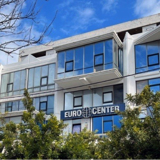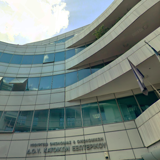A provision has been included for the potential exercise of an option to extend the project along the Kissamos–Chania section, approximately 30 kilometers in length, pending the issuance of the relevant Environmental Terms.
The concession agreement is signed between the Hellenic Republic and the companies “Diktaion Parachoriseis S.A.” and “GEK TERNA S.A.” for a total duration of 35 years, five of which are allocated to the study and construction phase.
With the commencement of preliminary works, a series of road safety interventions are also being initiated at high-risk points across the existing road network. Some of these interventions are scheduled to begin during the summer.
The overarching strategic objective is the creation of a unified, modern, and safe highway stretching across the entirety of Crete—from Kissamos in the west to Sitia in the east. In support of this goal, studies have already been completed for the eastern extension of the project from Agios Nikolaos to Pachia Ammos, with plans underway to fund further studies for the next section, from Pachia Ammos to Sitia.
Tripartite Financing Structure
The implementation of the project is secured through a blended financing model:
Private investment from the concessionaire totaling €219.3 million, increasing to €243.5 million if the extension option is exercised.
Public funding contribution of €693 million, which rises by €99 million with the activation of the extension.
Financing through bank lending amounting to €971.8 million (or €1.079 billion with the extension included).
Toll Pricing and Shadow Toll Mechanism
The project sets a maximum toll rate of €0.053 per kilometer (2022 prices, excluding VAT), in line with toll levels on other national motorways.
As toll revenues alone are insufficient to fully recover infrastructure costs, the concession model includes a shadow toll mechanism. Under this structure, the State compensates the concessionaire with an amount equivalent to 64.62% of the corresponding toll fee per vehicle. If the investment yield exceeds the agreed return threshold, this percentage will be gradually reduced and may be eliminated altogether.
